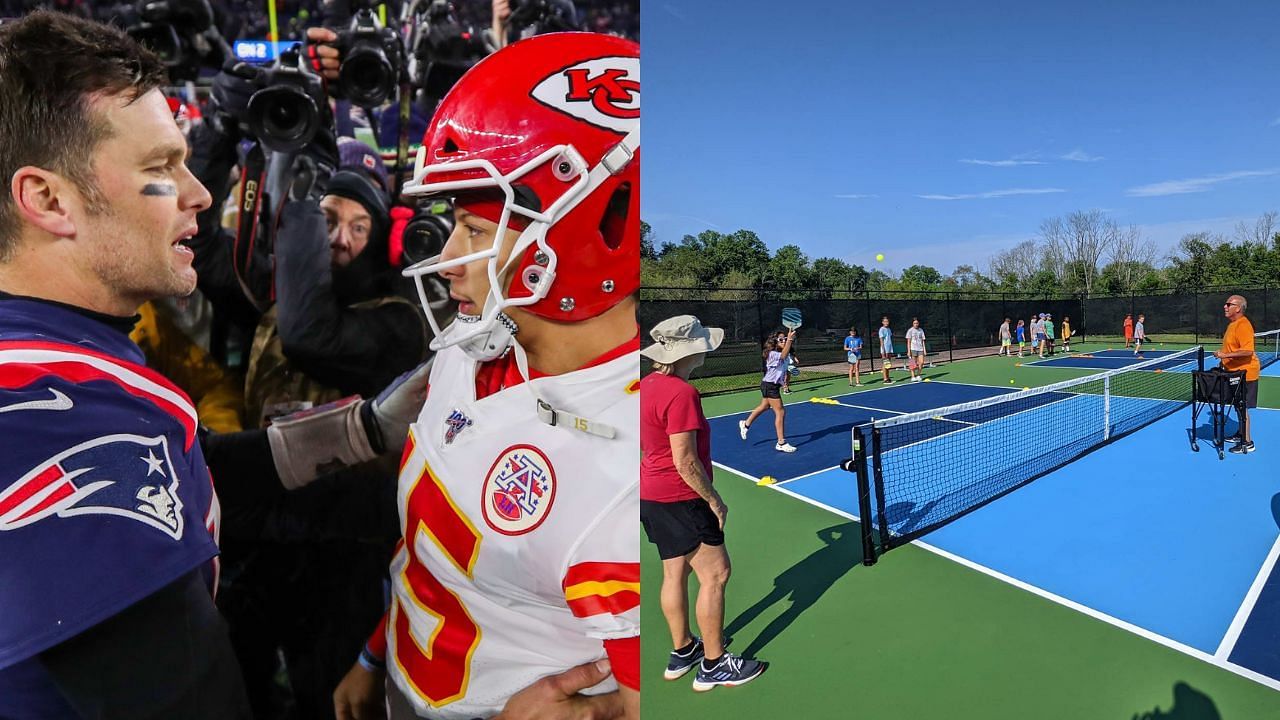
From Tom Brady to Patrick Mahomes: Top NFL stars' Pickleball investments explored
Pickleball has grown from an obscure sport to one of the most popular recreations of the post-COVID era, and many famous athletes are cashing in with professional teams. That list includes top NFL quarterbacks Tom Brady and Patrick Mahomes.
Per Andrew Petcash, founder of Profluence, here is a list of athletes who own pickleball teams. Most of them are from basketball and tennis, but Brady and Mahomes were among those listed:
Also on the list are New Orleans Saints legend Drew Brees and wideouts Larry Fitzgerald and Odell Beckham Jr.
Which pickleball league will Tom Brady and Patrick Mahomes own teams in?
Brady and Mahomes are investing in teams in Major League Pickleball, one of three pickleball organizations founded in 2021. The first season had eight teams, each having two men and two women.
The following year, the league expanded to 12 teams, and it will expand yet again to its largest yet in 2023, with 16 teams. Brady will be owning one of the expansion teams alongside tennis legend Kim Clijsters. Mahomes, meanwhile, will be part of a separate ownership group with current tennis players Naomi Osaka and Nick Kyrgios, with their team being based in Miami.
How does the game work? A look at the rules and laws
Pickleball is a racquet sport that can be played by two or four players, with elements of tennis and ping pong. The objective of the game is to continuously hit the ball until one side commits an infraction.
Unlike in tennis, only the serving side can score every game. If the server commits an infraction, no points are scored, and the players switch roles. When one side reaches five points, the sides switch on the court.
The first player/pair to 11 points and leading by at least two points wins the game. But games can last up to 15 or 21 points, with side switches at eight and 11 points respectively. In the case of a 10-10 (or 8-8 or 20-20, as the case may be) tie, the next point wins the game.
In doubles play, one server always begins a game from the right side. If the serving team scores a point, the initial server moves to the left, and this continues until the serving team loses a rally.
Once the serving team loses a rally, the other server takes over, and the process repeats itself until the serving team loses another rally, at which point the teams switch roles, which is called a sideout.
The most intriguing aspect of the game is the no-volley zone, or "kitchen". When standing in this area, players may not hit the ball unless it has already bounced into their side.

